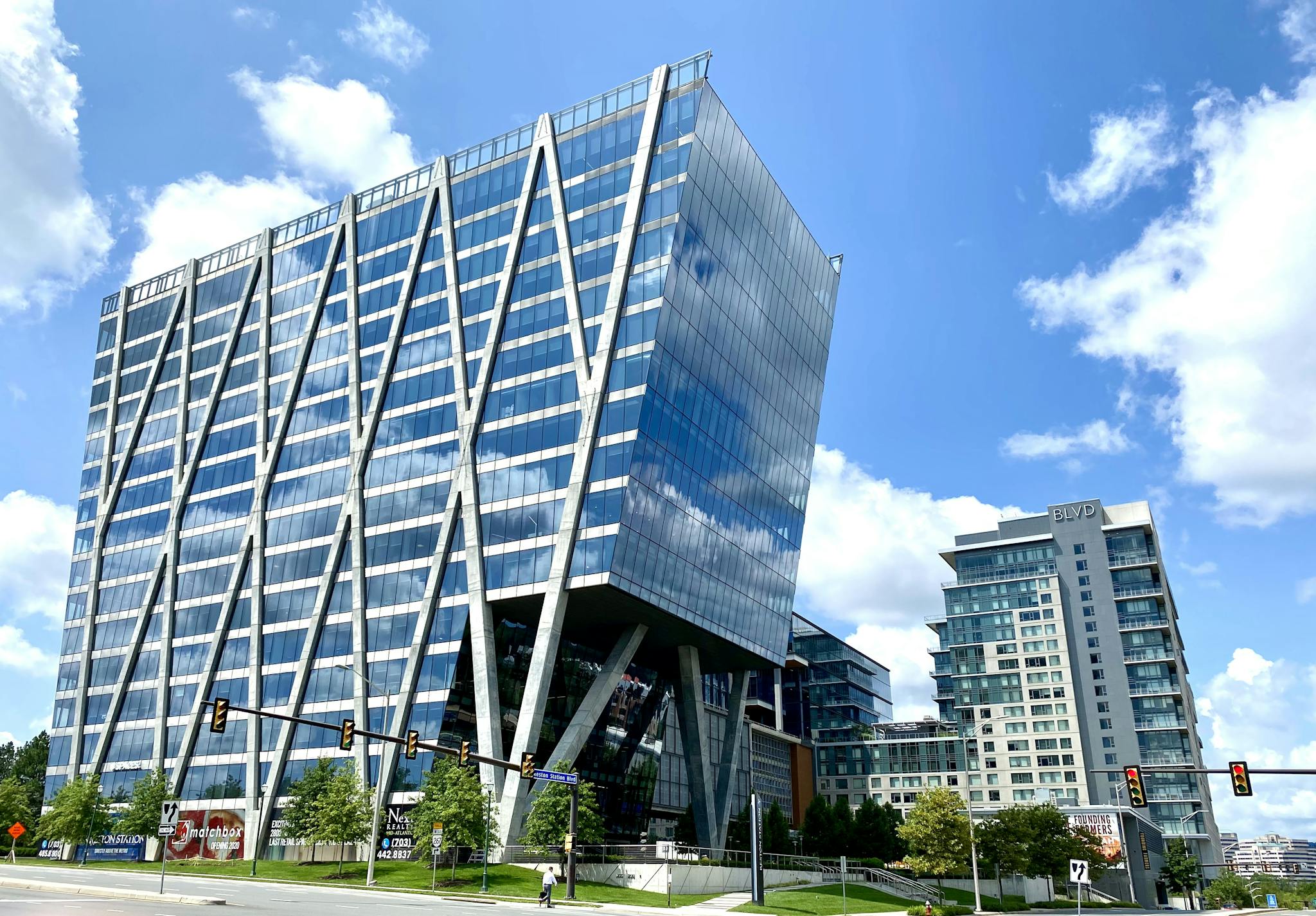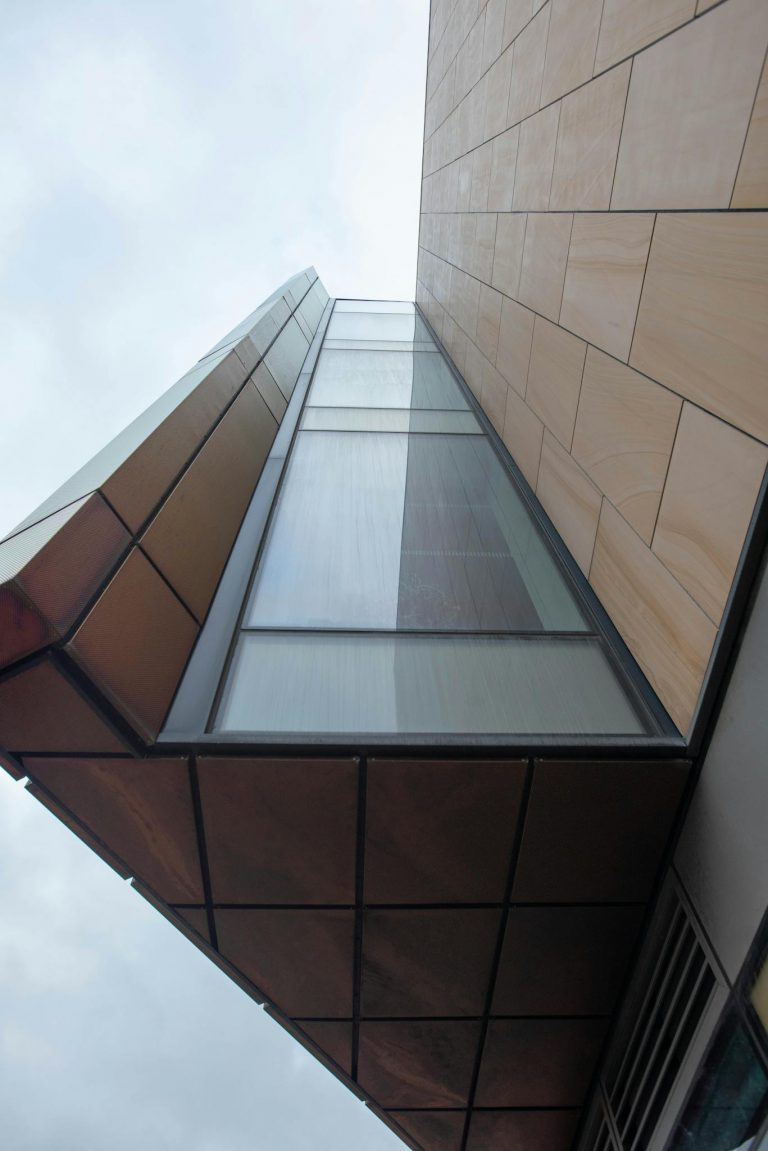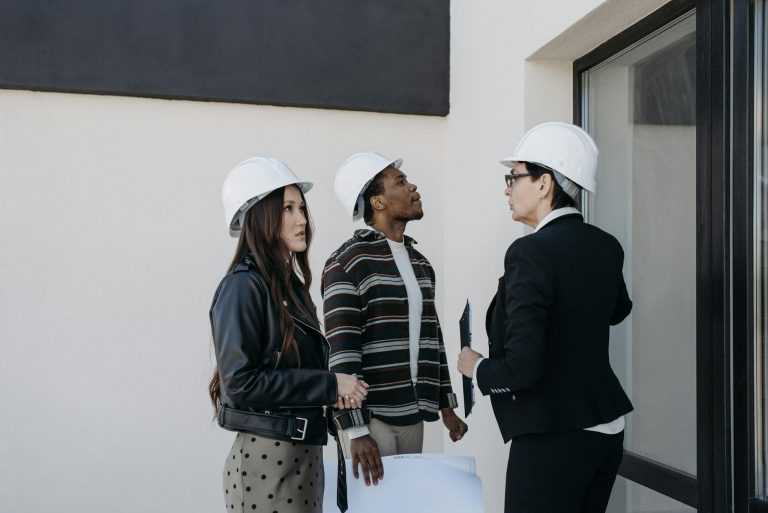Where the Smart Money Is Going Today
Street Level Look at Industrial Real Estate in Southern California
My approach to real estate is not par for the course. When I sit down with investors interested in Southern California’s industrial real estate market, I don’t start with charts or submarket reports. I start with stories. Stories aren’t just numbers, they’re about cities, trucks, lease clauses, aging roofs, and deals that were made or missed based on who saw the hidden potential, or the hidden flaw first. In a first meeting I want your mind’s eye to see the deals I’m describing. Allow me 5 minutes…

Let’s begin with where the smart money is moving right now in Southern California industrial. This isn’t a report on the institutional capital set with their little militant armies of spreadsheet yielding analysts behind it, rather this is a sharp view of private investors, and real estate private equity firms who are out there quietly acquiring strong portfolios. They know what to look for, what areas to avoid, and when to strike. If you’re looking to follow opportunity, here’s where your compass should be pointing.
Vernon and Commerce Are The Blue Collar Core That Still Has Teeth
If you’re not familiar with Vernon and Commerce, you might think they’re past their prime, but you’d be wrong. What these cities lack in polish, they make up for in function. They’re close to Downtown LA, built for logistics, and zoned with industrial users in mind. Sure, vacancy is up slightly in 2025, but that means landlords are starting to talk again about concessions, about lease up risk, about deals that would have been laughed off two years ago.
A client of mine recently looked at an off market warehouse near Bandini Boulevard. It wasn’t pretty, needed a new roof and a major cleanup, but it had good bones, 24’ clear height, and four dock high doors. The seller was fatigued. We struck a deal under replacement cost. That’s what smart money does. It listens for distress and steps in where others hesitate.
And with rates where they’ve remained for a while now, the well capitalized can seize on opportunities. Cap rates are starting to uncompress where returns are much better than a 10 year treasury yield.
Side note: Many, many moons ago I was the manager of the City of Vernon customer service dept., its a city i know very well.
South Bay Is Still Pricey, But the Clock Is Ticking
The South Bay has always commanded a premium. Carson, Gardena, and Torrance sit in the heart of port logistics, and within easy access to the 110 and 405. Market cycles don’t change that unique dynamic. However, what is changing is seller psychology. And after a decade of frothy pricing, prices and cap rates are softening, now don’t get too excited it’s just a touch, but its enough to get a toe in the door. And I’ll bring the sludge hammer to make sure it shuts 😊
Recently, I was walking a business park in the South Bay where several mid-sized buildings (20,000 to 60,000 SF) were showing up quietly off market. One, in particular, had a legacy apparel tenant who was six months from rolling. The tenant, whom I spoke with was delaying a renewal because he knew rents were falling. The owner was impatient and debating a sale. For a buyer willing to ride a bit of vacancy risk, the yield could be excellent. These are the kinds of opportunities that don’t show up in listing databases. You find them by walking properties and talking to ownership. I find them regularly.
Inland Empire West With The Big Boxes And Bigger Timing
Let’s be clear, most of the big capital flows into the Inland Empire. Institutional ownership dominates the market. Having said the preceding, timing though is everything. Out in Ontario, Fontana, and Chino we’re seeing 100,000+ SF buildings sit longer on the market than they did a year ago. Maybe developers got to aggressive? Now some of those new constructions are feeling the pressure. Now because of this we circle back to timing. We’ve had much success floating offers during softening real estate cycles. In fact, some of my most productive years have been in markets like todays.
I’ll give you an example. A client passed on a 200,000 SF cross-dock facility last year. The price felt steep at the time. Now it’s quietly back (off-market) at what might be a potential win. If you have credit tenants in tow or operate 3PL properties, this is the moment to be shopping the Inland Empire West. There are deals to be had, but only if you move fast, and underwrite tight.
City of Industry & San Gabriel Valley Is Aging Stock But Still Has Solid Fundamentals
I have a soft spot for the San Gabriel Valley and City of Industry. The buildings are older, yes. Though the infrastructure is proven, the tenant base is diverse, and the municipalities generally get it. What investors often miss here is the value of yard space and truck access. Some of these 1960s era facilities have deep lots, generous setbacks, or outdoor storage grandfathered in. That’s gold in industrial if you know how to monetize it, and if you’re reading this you probably do.
I toured a 30,000 SF building in Baldwin Park that had an awkward layout, but it backed up to a fenced yard with two gated entrance and good turning radius. For the right tenant, a landscape supply company, small fleet operator, or service business that’s a premium feature.
And if you’re a buyer who isn’t afraid of empty buildings, or re-tenanting, and maybe a bit of cleanup work you might find a building to your liking. You’ll definitely find assets here that are overlooked by institutional capital.
What the Smart Money Knows (That the Rest Miss)
- The smart money values location through the lens of truck movement, not office views. Yes, location, location, location. Its real estate’s motto for a reason.
- They underwrite tenant credit like a banker, not just a landlord.
- They walk the roof, the yard, and the surrounding blocks.
- They don’t wait for CoStar to tell them what’s happening. They have people like me on their team and already know what’s going on in target markets.
Smart investors are looking at functional obsolescence, roof age, loading doors, and power capacity. They’re reading leases for assignment clauses and CAM pass throughs. They understand that 5% vacancy doesn’t mean 5% of inventory is truly available, rather only that the good stuff moves fast.
Perhaps most critically, they talk to people like me, brokers in the know. Neighboring businesses. City planners. They understand entitlement risk, environmental risk, and how long it takes to get a sign permit in South Gate, lol.
Closing Thoughts
Don’t Follow the Headlines. Follow the Opportunity. Heck just follow me.
Southern California’s industrial market isn’t an easy market, and it isn’t cheap. Though when you have the will to dig deeper, walk more buildings, underwrite with discipline, and float reasonable offers the opportunities are out there. You won’t find them on a glossy flyer that hits your mailbox, or in a Q1 market report from the regional or national real estate firms.
You’ll find deals by working with people who’ve been in the trenches and know where to look. Guys like me who operate from boutique firms but have transacted tens of millions of square feet worth billions and billions of dollars.
If you’re serious about buying an industrial asset, or your fiftieth, I’d be glad to walk a few properties with you. No pitch. Just straight talk, honest feedback, and a shared goal of not overpaying in a market that still has a lot to give.
Christopher Telles is a licensed broker specializing in industrial real estate in Southern California. He has advised on billions in transactions and has represented dozens of Fortune 500 companies, private investors, and operating companies for over three decades.


